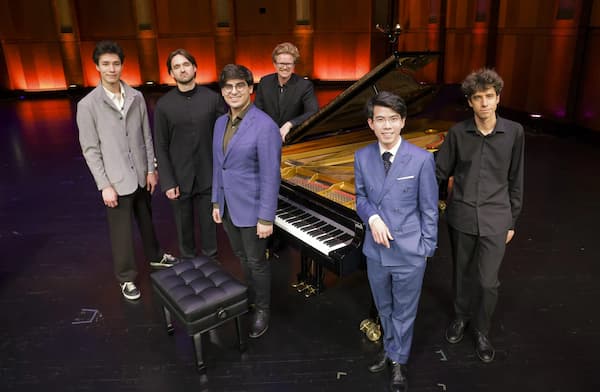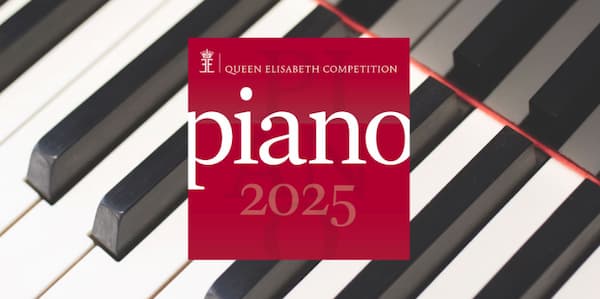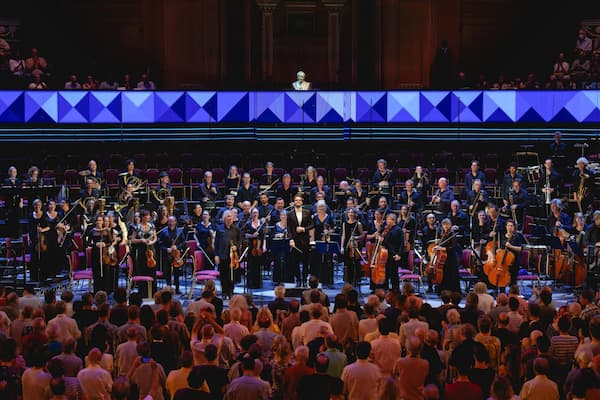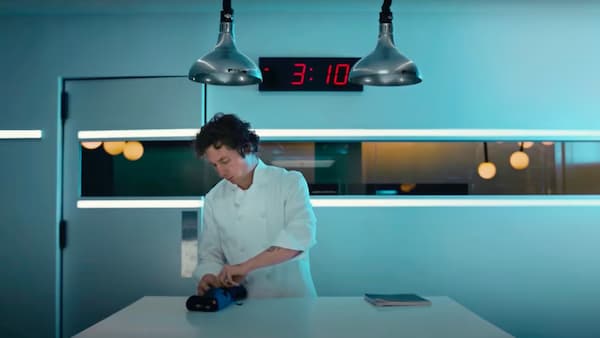 During a conversation in a recent lesson with one of my students, she told me that her previous teacher would stop her every time she made a mistake and ask her to correct the error before continuing. She admitted to me that she found this habit irritating and I asked her what effect it might have on her playing. “It stops you playing with flow“, she replied.
During a conversation in a recent lesson with one of my students, she told me that her previous teacher would stop her every time she made a mistake and ask her to correct the error before continuing. She admitted to me that she found this habit irritating and I asked her what effect it might have on her playing. “It stops you playing with flow“, she replied.
She’s right, of course. Like the person who continually interrupts when you are trying to explain something, or read a presentation, the teacher who continually stops a student to correct mistakes is interfering with the “flow” of the music. Students will also stop themselves to correct mistakes, a habit I try to break by encouraging students to “play through” their pieces. Unfortunately, such habits are hard to shift, especially when kids today exist in a school culture which insists on “right answers”, and the ticking of the correct boxes.
Music is different. It is the “flow” of music – the sense of a narrative unfolding – which makes it appealing and engaging to listen to and audiences, examiners and adjudicators (and teachers!) would far rather hear a complete performance with a few errors or slips than stop-start playing which seems hesitant and disjointed. My students don’t believe me when I tell them that most audiences don’t even notice minor errors and that even the finest pianists in the world make mistakes. We are all human after all! I prefer students to play right through a piece before we go back over it together to work on details. An alert student can usually highlight where errors occurred and will know how to correct them, and I encourage my students to be active listeners who can make a mental note of any slips while they are playing, knowing they can check them afterwards.
There is another good reason why stop-start playing is not recommended. Musicians, like sportspeople, use “procedural memory” (more commonly called “muscle memory”), part of the long-term memory which is responsible for knowing how to do things, i.e. memory of motor skills for example, to play arpeggios or whole pieces or music. Repetitive practise trains the procedural memory and when done correctly it enables us to store a set of movements in our memory. It is this memory function that enables us to land on the right notes at the right time, to complete that scalic run accurately, or to play a series of chords, and so forth.
If we always stop at the same point/s in the music, the procedural memory remembers this and the stopping points become embedded in the memory. So when you go to play the piece, you will always stop in the same places, thus creating hesitations in the music which interrupt the flow. To avoid this I encourage students to play through, skimming over mistakes. Some find this exercise quite difficult, which is an indication of how engrained the need to correct errors can become. I also encourage students to practise in a variety of ways: to do careful, detailed practise to make problematic sections secure; and to play their pieces through without stopping (this is particularly helpful when preparing for an exam or other performance). During “performances” in lessons I do not stop students while they are playing: I always prefer to hear a whole piece, even if there are some errors, than a stop-start performance.
Satie: Gymnopédie, nr. 1 – Alexandre Tharaud
More Opinion
-
 The Predictability of the 2025 Van Cliburn Competition Was Hong Kong's Aristo Sham the 'predictable winner'?
The Predictability of the 2025 Van Cliburn Competition Was Hong Kong's Aristo Sham the 'predictable winner'? -
 The Unpredictability of the 2025 Queen Elizabeth Competition Discover why these results have sparked debate among classical music fans
The Unpredictability of the 2025 Queen Elizabeth Competition Discover why these results have sparked debate among classical music fans -
 What Makes a Good Concert? A memorable concert requires four essential elements. Find out here
What Makes a Good Concert? A memorable concert requires four essential elements. Find out here -
 The Musician’s ‘Non-Negotiables’ Want to level up your music practice? Take inspiration from 'The Bear'
The Musician’s ‘Non-Negotiables’ Want to level up your music practice? Take inspiration from 'The Bear'




